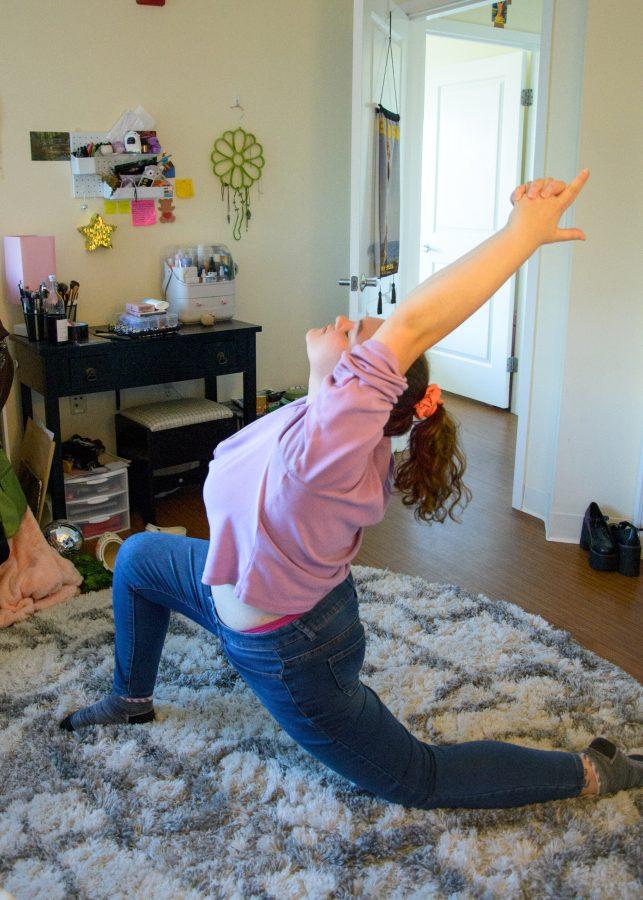How to practice mindful living?
Those who are religious are scientifically proven to be more relaxed and at peace than those who are not. According to this group, their connection with their god of choice is the cause of their relaxation and peace, but according to researchers, it’s due to mindfulness.
Mindfulness is a practice that can benefit both religious and non-religious people alike. Although it is rooted in Buddhism, every religion has some form of it, whether it be prayer or meditation (1).
When stressful life events occur in the life of someone who is religious, they are able to calm their minds by communicating with their god. While these activities are usually intended to bring the person closer to their higher power, the relaxation of the mind has strong benefits on both physical and mental health.
This includes relieving stress, lowering blood pressure and helping heart disease, while also treating depression, substance abuse and anxiety. These religious practices are often rooted in mindfulness, but they are not the only ways to be mindful.
Mindfulness is about living in the moment and centering your energy and attention to the task at hand. The practice involves self-discipline, but also self-compassion. One can’t just dive right into mindful living, but grow into this lifestyle over time. That is why religious people are so successful at it. They devote a portion of their day, everyday, for years, to fostering these skills.
The most common form of mindfulness is meditation. There are numerous guided meditations on YouTube and Spotify, as well as free apps, like Balance and Insight Timer. These mediations only take a couple minutes. Once they catch the hang of it, users can then use background noise, like rain or white noise, and meditate by themselves. However, in the life of a busy college student, this may not be feasible.
Those who frequent the gym claim exercise can expand the mind, which honestly sounds cheesy and hard to believe, but it’s true. Exercise is a common form of mindfulness. Focusing on breathwork while raising the heart rate creates a centered environment that can be grounding, especially to those struggling with mental health issues.
While exercising is great for overall health, not everyone enjoys it or has time for it. Almost any activity can be used to practice mindful living. First, pick an activity away from electronics. This is usually something creative, like cooking, drawing or crocheting. Then, devote all energy to the task.
Notice any thoughts and let them pass. Don’t fixate on any for too long, but if it happens occasionally, that’s okay. Mindfulness is about acceptance. Just gently redirect back to the task at hand. Also, allow any emotions to be present without judgment. Emotions are human; they are natural and one shouldn’t suppress them at all.
The goal is to eventually be able to complete said task with the mind completely clear of all thoughts. It sounds impossible, but with practice, it becomes easier. Eventually, skills learned from this can transfer into other areas of life. It becomes easier to focus, easier to have a conversation with a friend with no distractions, easier to start the project that has been sitting on the back burner for weeks.
Mindfulness improves every aspect of life. Living with focus, intention and purpose translates into higher levels of productivity and more free time, as well as all of the previously mentioned physical and mental health benefits.
Sources
https://www.helpguide.org/harvard/benefits-of-mindfulness.htm



